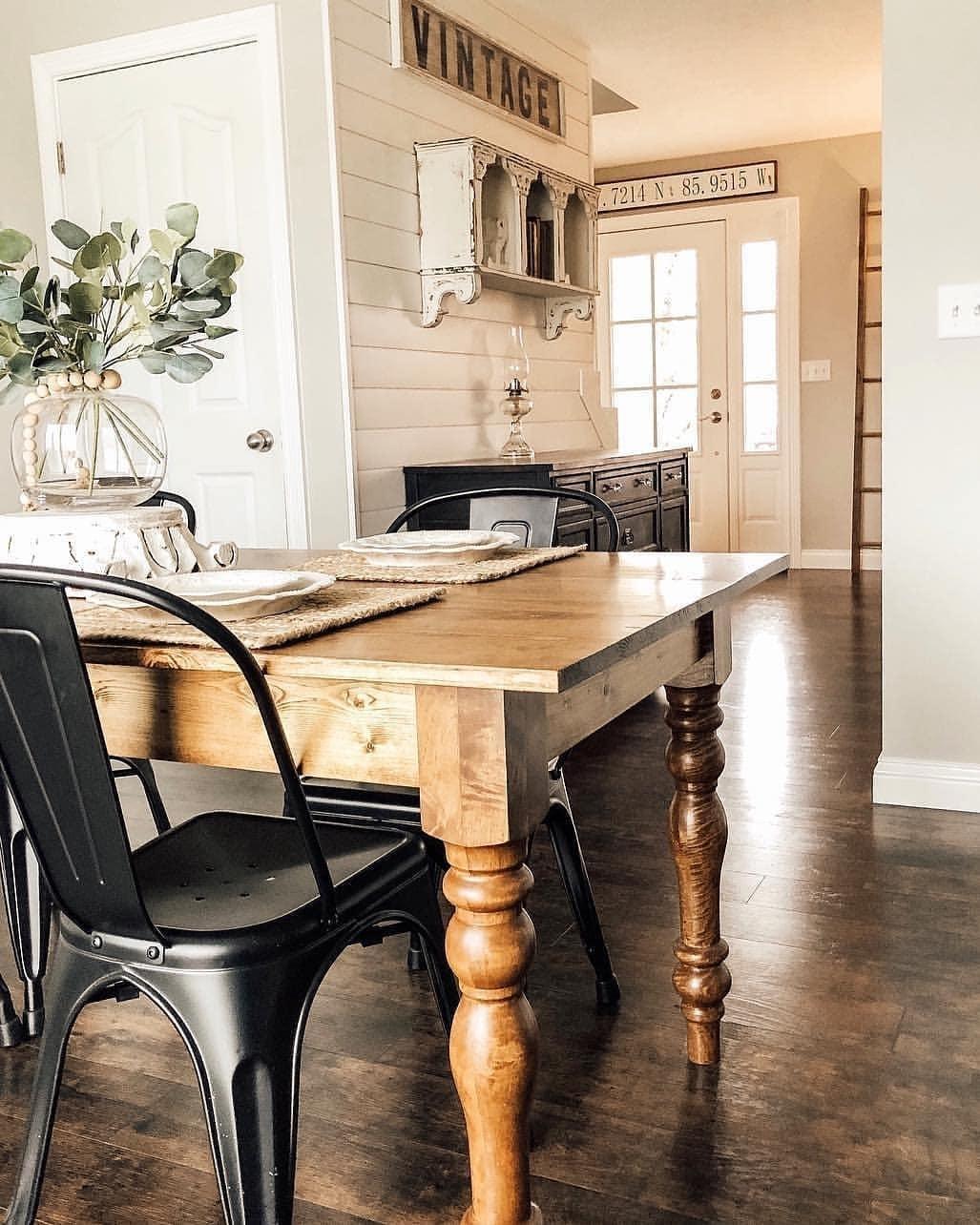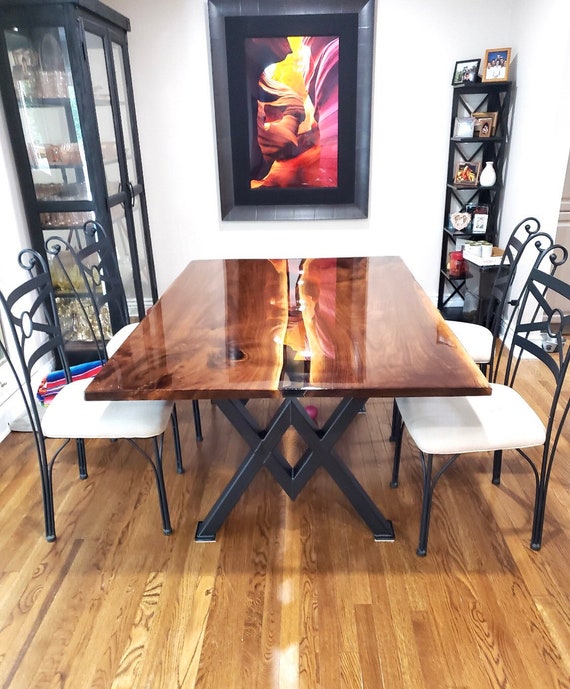Professional Tips for Installing Dining Area Table Legs for Optimum Security
When it pertains to installing dining-room table legs, attaining optimum stability is critical for both functionality and visual appeals. The process starts with choosing the right products and hardware, followed by careful positioning and consideration of weight circulation. Each action plays a critical duty in guaranteeing that the finished item stands up to everyday usage without jeopardizing safety or design integrity. Recognizing the nuances of these components can dramatically affect the overall result. What particular techniques can improve stability even further?
Select the Right Legs
When choosing the suitable legs for your dining-room table, it is vital to consider both functionality and appearances. The legs you choose will considerably influence the total style and security of the table. Evaluate the table's intended use; if you expect regular events, tougher legs, such as those made from strong timber or metal, might be extra suitable, as they offer enhanced toughness and assistance.
Standard eating tables usually range from 28 to 30 inches in elevation, so make certain the legs line up with this standard for convenience. Tapered legs can include a modern touch, while turned legs could communicate a more timeless aesthetic.

Select Appropriate Equipment
Exactly how can the appropriate hardware improve the security and longevity of your dining-room table? The selection of proper hardware is crucial to ensuring that the legs of your table are securely connected and able to withstand normal use. Premium screws, screws, and brackets offer the essential strength to support the weight of the table, in addition to any kind of additional lots placed upon it during meals or celebrations.
When choosing screws, go with those made from long lasting products such as stainless-steel or brass, which resist corrosion and maintain stability gradually. The size of the screws is just as vital; they should pass through deeply into the table's framework without endangering integrity. For bolted connections, consider using lock washers to avoid loosening due to vibration or movement.
Furthermore, using corner braces can include extra assistance, particularly for larger tables or those with heavier tops. These brackets distribute weight evenly and help maintain the table's shape. Guaranteeing that the hardware you pick is proper for the particular products of your table will certainly even more enhance its total stability and longevity, permitting you to enjoy your eating experience for several years to find.
Ensure Proper Placement
Appropriate alignment of eating room table legs is crucial for both aesthetic appeal and practical security. To accomplish optimum positioning, begin by determining the range from the table's corners to the leg attachment points.
Make use of a level during installment to verify that each leg is perpendicular to the table top. This step is critical, as also minor disparities can intensify right into significant stability concerns gradually. It is advisable to mark the preferred leg positions on the bottom of the table with a pencil or masking tape before protecting them. This technique works as an aesthetic overview, permitting adjustments as required.
In addition, double-check the alignment after the first screws are tightened, as modifications might be needed before totally safeguarding the equipment. By focusing on proper positioning, you not just improve the table's general design however likewise make sure that it stays secure and useful for years ahead.

Consider Weight Distribution
After ensuring correct placement of the dining area table legs, it is necessary to think about weight distribution to enhance stability and capability. dining room table legs. Appropriate weight distribution is critical in preventing wobbling and guaranteeing that the table can sustain its designated load without danger of tipping or breaking down
When positioning the legs, guarantee they are placed at equal distances from the facility of the table to evenly disperse the weight across the structure. Consider the weight of the table top and any products that will frequently rest on it, such as attractive pieces or tabletop home appliances. Tables with much heavier surface areas ought to preferably have legs positioned closer to the edges, as this optimizes the base of support and reduces the risk of instability.
Furthermore, if the table is intended for use in a high-traffic area, think about using much heavier products for the legs or including maintaining aspects, such as cross-bracing or a lower shelf - dining room table legs. These modifications can aid maintain balance and protect against shifting throughout use. Inevitably, a well-considered weight distribution technique will dramatically boost the table's overall performance, guaranteeing it continues to be a useful and appealing centerpiece for your dining room
Test Stability Before Use
Testing the security of the eating area table prior to usage is an important action that needs to not be overlooked. Discover More Here Guaranteeing that the table is secure and steady can protect against mishaps and lengthen the life-span of the furnishings. Begin by using mild pressure to different points on the table surface. Push down on the facility and then along the edges, observing any wobbling or changing. Recognize the legs or joints that might call for modification. if the table shows instability.
Following, examine that all screws and bolts are tightened up effectively. Loosened connections can lead to instability and possible damages in time. If required, make use of timber glue on joints to enhance security, making sure to allow adequate drying out time.

Conclusion
Finally, the installment of dining-room table legs requires cautious factor to consider of materials, placement, equipment, and weight circulation to achieve maximum security. By picking sturdy legs and top notch bolts, guaranteeing exact placement, and distributing weight evenly, the structural honesty of the table can be considerably improved. Performing a security examination before regular usage additionally ensures that the table will endure daily pressures, consequently supplying a dependable and risk-free eating experience.
When it comes to setting up dining space table legs, accomplishing maximum stability is critical for both performance and looks. The legs you pick will dramatically influence the total style and stability of the table (dining room table legs). Conventional dining tables usually range from 28 to 30 inches in height, so ensure the legs align with this criterion for convenience.Appropriate positioning of dining room table legs is essential for both visual allure and practical visit this site stability.In verdict, the installment of eating room table legs requires mindful factor to consider of materials, weight, hardware, and placement circulation to accomplish maximum security